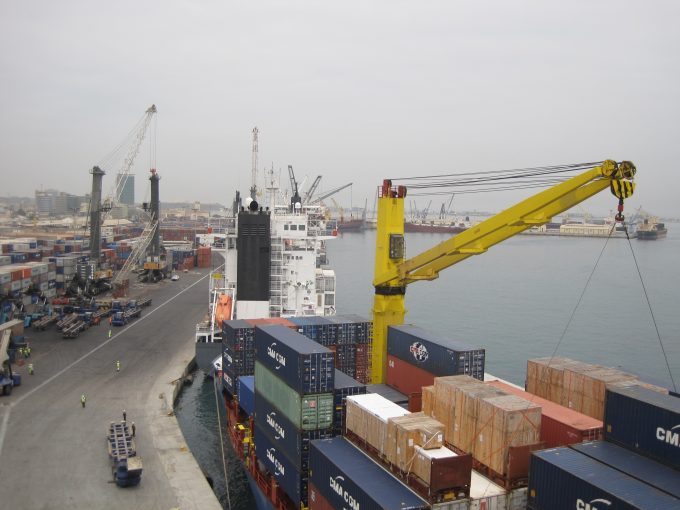'Tariff madness' will prompt renegotiation of ocean shipping contracts
Today’s “absolutely nuts” container shipping market will spur contract renegotiations, as rates and minimum quantity ...

CMA CGM has started to upgrade its Asia-West Africa ASAF fleet by replacing the 4,200-5,800 teu vessels with a series of 9,000 teu-plus ships.
According to Alphaliner data, the 9,365 teu CMA CGM Danube was phased into the ASAF service on 28 December while the 10,034 teu CMA CGM Columbia joined the loop on 16 January.
As well as Cape Town, the ASAF calls weekly at the West African ports of Walvis Bay (Namibia), Pointe-Noire (Republic of Congo) and Luanda (Angola), deploying ...
Asia-USEC shippers to lose 42% capacity in a surge of blanked sailings
USTR fees will lead to 'complete destabilisation' of container shipping alliances
New USTR port fees threaten shipping and global supply chains, says Cosco
Outlook for container shipping 'more uncertain now than at the onset of Covid'
Transpac container service closures mount
DHL Express suspends non-de minimis B2C parcels to US consumers
Zim ordered to pay Samsung $3.7m for 'wrongful' D&D charges
Flexport lawsuit an 'undifferentiated mass of gibberish', claims Freightmate

Comment on this article